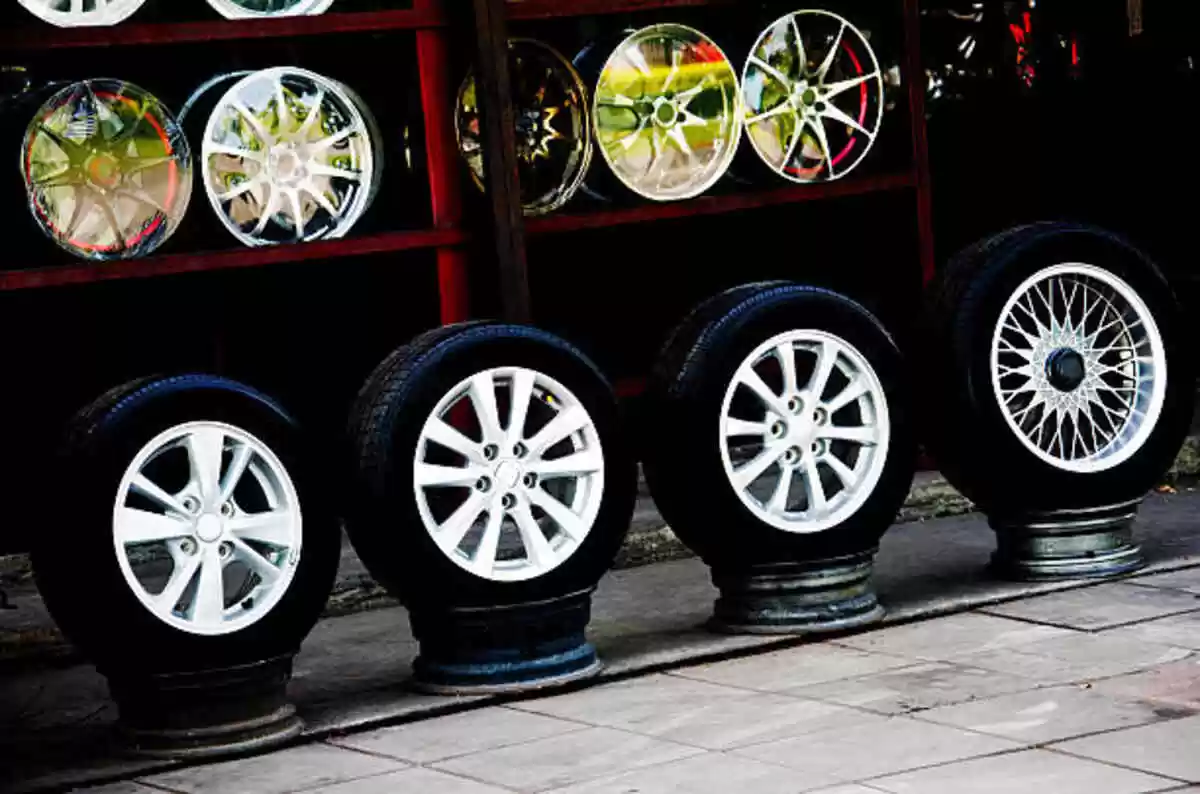At first, it seemed as though nothing could go wrong. Dockless shared electric scooters began showing up on the world’s streets in 2017, and the vanguard — techies, baristas, twentysomething daredevils — hopped on and rode, confident they were tilting against two looming threats, urban congestion and climate change. The future of scootering seemed so bright that the valuation of the largest manufacturer, Bird, went from $300 million in March, 2018, to $2 billion three months later, an astronomical leap, even by Silicon Valley standards.
But Bird’s earliest scooters were so flimsy that in one 2018 study their average life span on the streets of Louisville, Kentucky, was just 28.8 days. (Bird disputes the study’s findings, pointing to an investor presentation from 2022 claiming that the “half-life” of its earliest scooters was three to four months.) Reports of battery fires and brake failures across scooter brands began hitting the news. In August 2018, Bird’s CEO, Travis VanderZanden, made a highly unusual move, selling off tens of millions of dollars worth of his company’s stock.
Today, the scooter industry encompasses more than 200 brands, but it is still shadowed by a bad reputation. Scooter-related injuries are so frequent among riders that several law firms offer websites targeting prospective e-scooter plaintiffs. Scooter operators are frequently banned from cities — in January, for instance, Miami kicked out five of the seven companies operating in the city; Manhattan has banned shared scooters. Paris deputy mayor David Belliard last year joined numerous other city leaders in scooter-hate when he proposed “getting rid of them completely.”
Despite all the attention, e-scooters are used for only about one one-thousandth of all trips made in the world’s cities, according to McKinsey & Co. The global consulting giant has predicted that by 2030, micromobility — bikes, mopeds, e-bikes and scooters — will triple in popularity to sustain a $500 billion industry. Can the scooter grow up and meet that economic promise?
A Boston brand is earnestly trying to make it happen, focusing on safety. Superpedestrian has put nine years of research into making what’s been called “the Volvo of scooters.” It recently raised $125 million in funding to enhance its technology. And by year’s end, in several U.S. and European cities, including San Diego, Rome and Madrid, thousands of Superpedestrian scooters will come equipped with a Pedestrian Defense AI system. This software can instantly stop the vehicle’s engine if the rider hops up onto a curb, starts slaloming wildly or travels up a one-way street. Additional gadgetry will alert headquarters if a rider parks more than 10 centimeters outside a designated area and will self-check 140 components to ascertain if, say, the battery is at risk of igniting or if the throttle is stuck. No other scooter integrates such a suite of safety features, according to Augustin Friedel, an independent industry analyst and mobility expert based in Germany.
Superpedestrian scooters are weird. Weighing in at 60 pounds apiece (a typical, first-generation scooter weighed between 30 and 50 pounds), they’re inordinately bulky, with a thick stem and solid metal frame. Built with a long wheelbase and a low center of gravity, they’re engineered to roll smoothly, without the shimmying and shaking that plagues some scooters at speed. And while nearly all scooter companies buy their vehicles from a third-party manufacturer such as Segway or Okai, a Japanese company, Superpedestrian designs its hardware in-house, aiming to become a key player in the shared scooter space. (The company has no plans to sell its scooters directly to consumers.)
Part of Superpedestrian’s Cambridge, Massachusetts, office functions as a sort of torture chamber, where engineers load up to 1,000 pounds atop test scooters, subjecting them to a million simulated potholes. There is also a dunk tank, and on a recent afternoon, Superpedestrian’s director of product management, Ilya Sinelnikov, found himself musing over how well a Superpedestrian scooter would survive if hooligans tossed it into salt water. “It happens sometimes,” he said. “In Turkey, they needed to use scuba divers to get scooters out of the Bosphorus.”
Superpedestrian was born in 2013 at the Massachusetts Institute of Technology, where the company’s founder and CEO, Assaf Biderman, an Israeli immigrant, is the associate director of the Senseable City Lab. Biderman has spent nearly 20 years obsessing on a mounting global problem: With more people moving to the world’s cities, he says, “We’re going to see a 3x increase” in demand for personal mobility by 2050. Our streets, Biderman contends, are facing unprecedented demand.
The answer, Biderman believes, lies in small, nimble, low-cost electric vehicles. In 2013, he introduced a $1,500 motorized wheel that a cyclist could attach to the back of a bike, to fortify pedaling with electric power as sensors on the wheel collected data on air pollution, congestion and road conditions. The Copenhagen Wheel, as it was known, is no longer being produced. In 2017, Biderman looked at the early shared scooters and saw opportunity. “The demand was incredible,” he says, “but the execution was Wild West. And the problems that scooters were having — fires and brake failures — were exactly what our technology was made to address. We’re an engineering company, a robotics and automation specialist, that learned how to become a scooter operator, not the other way around.”
Today, Superpedestrian regularly hosts classes on scooter safety. It’s helped fund a protected bikeway in Los Angeles, and it’s brought on a seasoned policy director, Paul Steely White, to help scooters make peace with the urban ecosystem. White, once the director of the New York City-based advocacy group Transportation Alternatives, laments that “some early companies used cities’ streets as a Petri dish.” He says, “Since micromobility is new, norms haven’t been established yet.” White is trying to bring what he calls “an urban planning culture” to scootering. “Public space is sacred,” White argues, “and we can’t grow unless cities let us grow.”
Scootering’s user base has always skewed white and affluent, and Superpedestrian is trying to change that too. In Hartford, Connecticut, it’s enrolled more than 400 riders into an equity program, providing discounted fares to residents facing financial hardship. Challenges remain, of course. Kate Lowe, a mobility justice advocate and urban planning professor at the University of Illinois Chicago cites “racist policing and inadequate protected infrastructure in communities of color” as two looming obstacles to equity in scootering.
Meanwhile, COVID is giving scootering a boost. Transit use is still below pre-pandemic levels in most cities worldwide, and scooter users are traveling longer distances. Bird has reported that in 2021, its average trip length leapt 58 percent. In Los Angeles, the average ride was 1.4 miles.
It’s unclear how much Superpedestrian can profit from its safety push, though. Its innovations could go nearly unnoticed amid an industry-wide scramble to wow consumers with cutting-edge safety features. Bird now has its own suite of precision-parking and component-checking hardware, and at least four scooter companies — Tier, Wheels, Wind and Dott — sport folding helmets integrated into their steering columns. (Bird earlier this week announced it will be laying off 23 percent of its staff.)
There’s a bigger problem for Superpedestrian, though: There is no data proving that scooter safety features mitigate accidents. It’s also clear that the biggest menace – cars – isn’t being addressed.
Cars have have been involved in 24 of the 30 scooter fatalities known to have happened in the US as of 2021. David Zipper is, consequently, skeptical of the new craze for safety apparati. Their main benefit, argues Zipper, a visiting fellow at Harvard Kennedy School of Government and a contributor to Bloomberg CityLab, is “their appeal to city transportation officials who want to minimize complaints about, say, scooters being left on the sidewalk. It’s not a life-or-death matter. The real threat is that you’ll be hit by somebody in a four-ton SUV going 45 miles an hour.”
Superpedestrian’s White acknowledges the threat of cars but defends his company’s safety features. “If we are not doing our job to protect riders and pedestrians, how can we expect the city to do theirs?” he asks. “If people think scooters are inherently dangerous, then there will be insufficient political will, and ridership, to win protected bike lanes and other necessary safety infrastructure.”
In the interest of quelling the melee on the streets, cities have made scooter tenders competitive. In both San Diego and Chicago this year, Superpedestrian got the municipal green light to distribute scooters but the program is stalled because scooter companies that didn’t get a license — Bird in San Diego; Bird and Helbiz in Chicago — have appealed. In a statement prepared for this reporter, Bird argued that the RFP processes in both cities were “botched. Officials have refused to provide any documentation that explains or justifies their decisions,” the statement said. The appeals are pending in both San Diego and Chicago. Superpedestrian eventually will put its scooters out on the street, but it’s unclear when.
There are hints, though, that urban infrastructure may be poised to undergo a phase shift and become more friendly to slow-moving micros. During the pandemic, Zipper points out, numerous cities have hosted “open street” events, excluding cars from the pavement. London has created 72 “low-traffic neighborhoods” using planters and concrete posts to filter out automobiles. “All of this has been wildly popular,” Zipper says. “Car owners may want to revert to the auto centric status quo, post-pandemic, but at least in big cities I don’t see them succeeding.”
Another new twist is congestion pricing. By the end of next year, New York City’s MTA might begin charging vehicles a steep fee, probably between $9 and $23, to drive south of 60th Street in Manhattan. San Francisco and Los Angeles also are considering similar measures, and the tactic has already thinned traffic — and made the streets safer — in cities like Singapore and Stockholm.
At Superpedestrian, Assaf Biderman is trying to hasten the scooter’s arrival and also harboring a geek’s faith that now is the scooter’s technological moment. “The robotics and the AI,” he says, “have finally become robust and affordable enough.” He’s heartened by the latest ridership numbers — amid rising gas prices in March, use of Superpedestrian scooters shot up 41 percent in Seattle.
Still, Superpedestrian is just one brand in a crowded industry. And there’s no guarantee that scooters will transcend their current niche. For even another small e-vehicle could come along and soon eclipse them. It could be the quadricycle, or the e-skateboard or the e-cargo bike.
And so for now Superpedestrian is, like smart startups everywhere, working, strategizing. And waiting and hoping.





